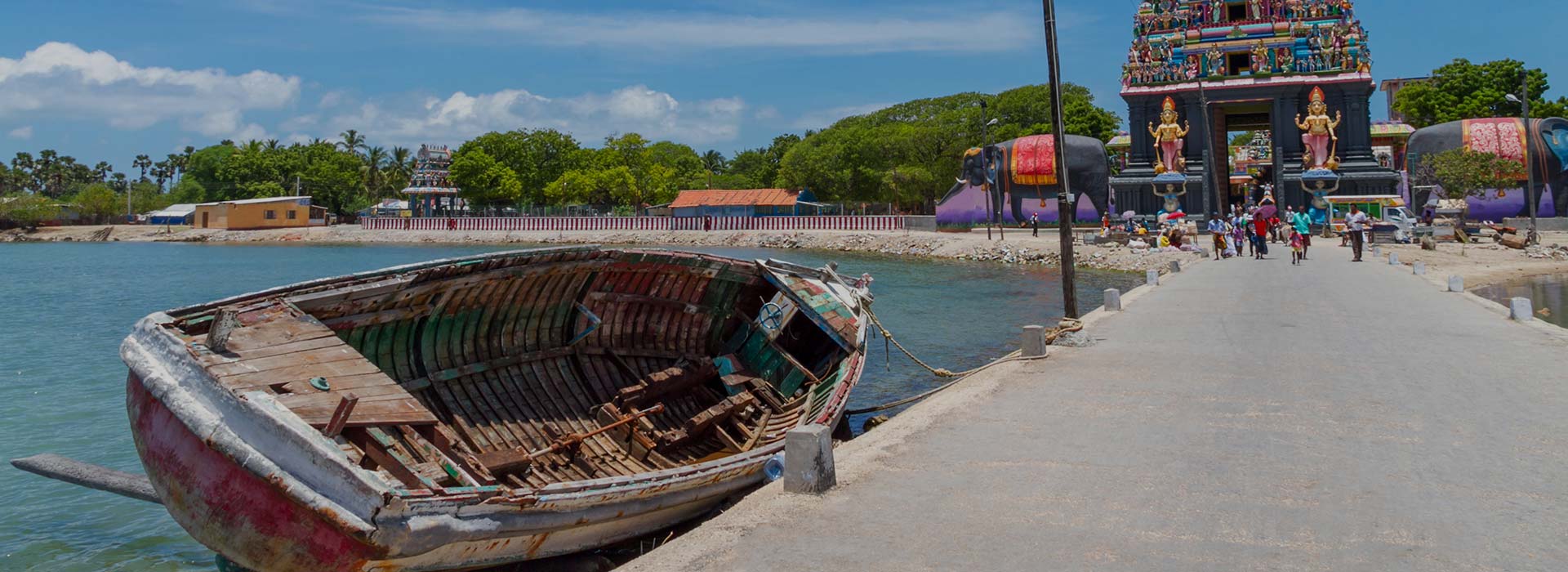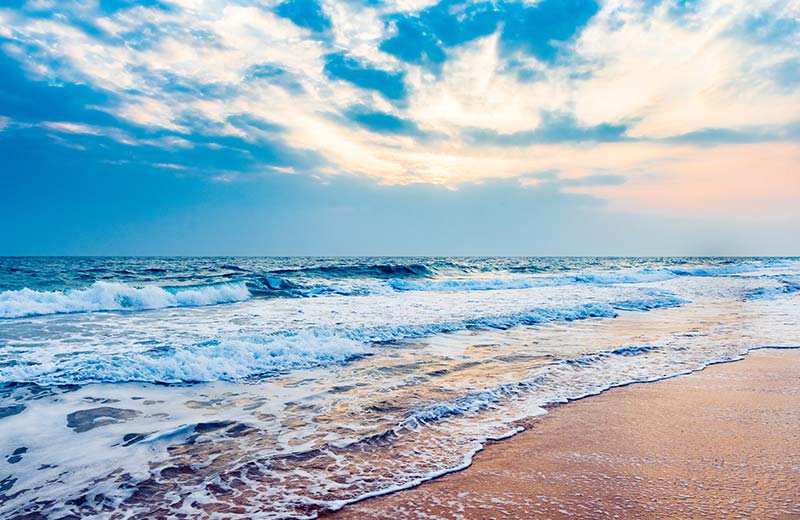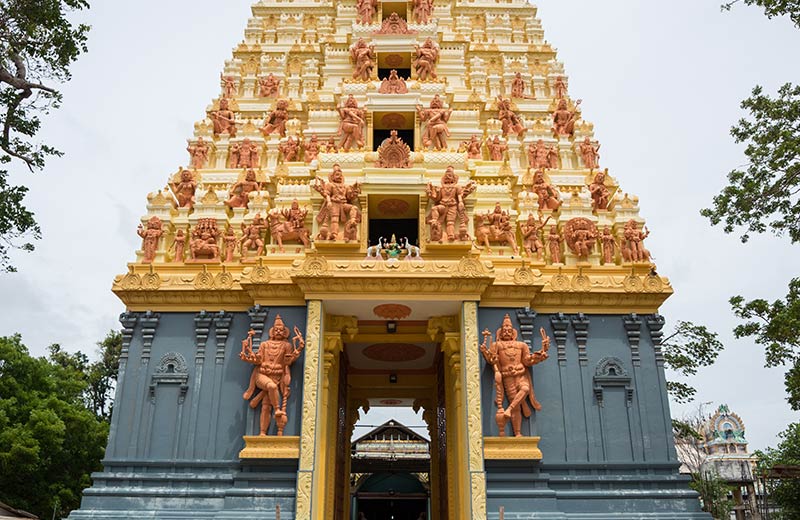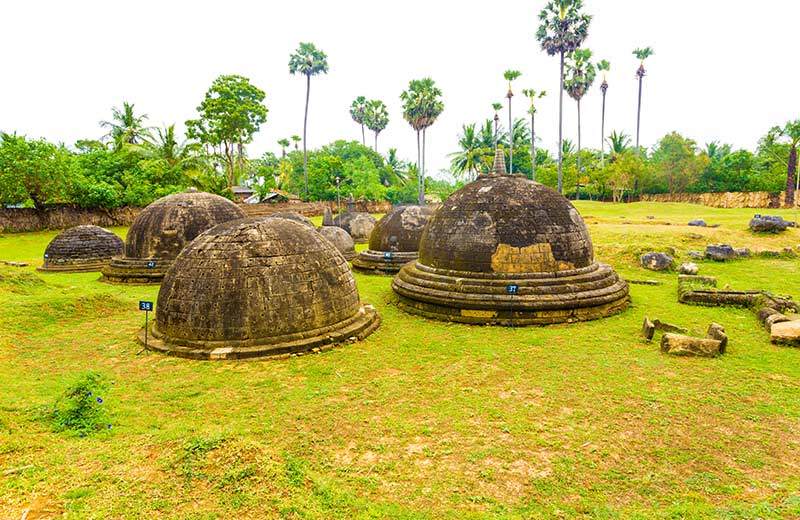Nainatheevu
Introduction
Off the coast of Jaffna lies a notable little island known as Nainatheevu, with a rich and conflicting history, and is a popular destination for both locals and tourists. Spanning just about 4km, the island was once home to the Naga people, who, according to folklore, were an ancient tribe that inhabited Sri Lanka, and are the ancestors of many modern-day Sri Lankan Tamil.
The island is known by other names in Indian literature, such as Manipallavam, and has been mentioned quite a few times. The island has also been mentioned in the Sri Lankan chronicle, the Mahavamsa, as well as by Greek cartographer Ptolemy, who called it ‘Nagadibois’.
Religious and Cultural Significance
For Buddhists, it’s considered one of the holiest religious sites in the country, with the Nagadeepa Purana Viharaya believed to be where the Lord Buddha had called upon two Naga tribe rulers who were opposing each other in order to solve their feud.
The island is also home to the Nagapooshani Amman Kovil, which is a significant Hindu temple. Having been mentioned in numerous ancient South Asian chronicles, the kovil is dedicated to the deity of power, Shakthi.
To get to the island, you would need to book a ferry, which makes stops at two other islands along the way prior to dropping you off at Nainatheevu. The island is a goldmine of folklore and religious legends, so if you’re somebody who enjoys theology and mythology rooted in history, a trip to Nainatheevu is sure to quench your thirst for knowledge!



